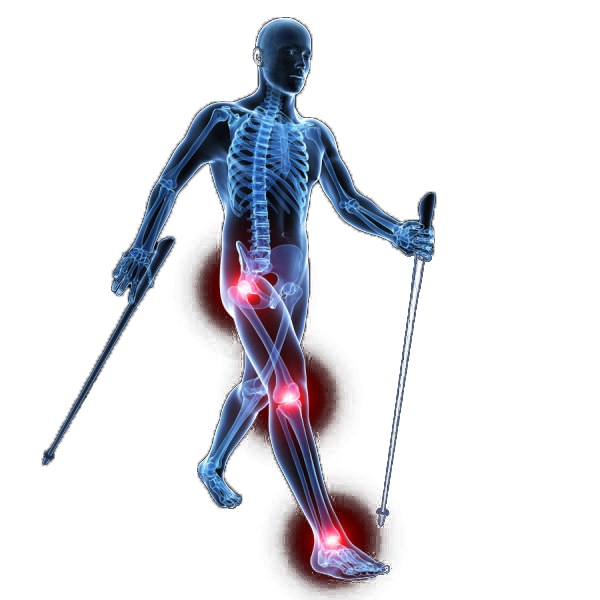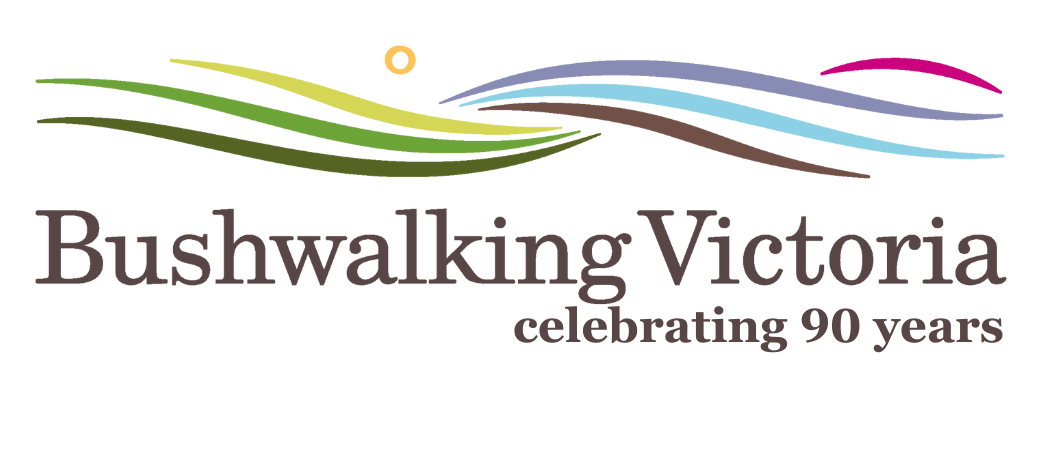
Top tips for preventing and managing injuries.

We asked Lauren Campbell, physiotherapist, and director at The Optimal Health Lab to give us some advice on avoiding and dealing with common ankle and knee injuries often suffered by bushwalkers. Here are her top tips:
Appropriate footwear
With such a rapidly growing footwear market, the numerous brands, models, and designs of walking shoes can be overwhelming! How do we even know we are in the best shoes for our feet? As everyday consumers we are not expected to know it all, so here are a few tips to help with your choice:
- All shoes have different purposes – for instance for tennis, running, climbing or bushwalking.
- Different shoes for different feet – shoes range from lightweight and neutral to heavy and more structured. Your type and choice will depend on your specific body type and individual needs, previous injury history, current pain/discomfort, etc.
- Fit and function – The length, width, and depth are incredibly important. A factor often overlooked is function. Function determines how the shoe moves with your foot during gait and how it may assist your gait - for example, how much it may support or resist certain movements (such as pronation)
- Injury risk – Ill-fitting footwear that does not address the above factors, could increase your risk of injury. Adequate support and cushioning, good sole grip, and fit and function, are always important considerations when choosing appropriate footwear.
The best way to ensure a good fit is to have your shoes fitted by a trained shoe store attendant or to see a podiatrist who has knowledge in the area.
Ankle Sprains
Ever had that niggle in your ankle that never quite went away? And all it took was a slight twist? That niggle could actually be a little more serious than you think.
Ankles are incredibly important and complex joints. They have a big role as they form the connection between our leg bones and foot bones. They are held together by an intricate array of ligaments and supported by tendons and muscles. An ankle sprain or twist can cause disruption and damage to any of these structures, and often go unnoticed for a while.
Noticeable symptoms of damage may include pain, swelling, stiffness, bruising and inability to walk. If left untreated, our body ‘glues’ things back together in the way it knows how, but that is often not the best way. Our ankles may become weaker and more flexible, which makes it easier for an injury to occur again.
It is thought that these injuries and their symptoms are progressive. This is where rehab is crucial. Your recent major ankle sprain may have been avoided entirely if the last couple of little ones were addressed early. Your biomechanics - the way your body moves and functions - could also be contributing to your overall risk or reason for sprains.
As the saying goes, prevention is the best cure, so book an appointment with your podiatrist for a thorough biomechanical assessment to reduce your risk of ankle problems.
Knee pain – why up is better than down hills
Bushwalkers often present to physiotherapists with soreness on descending hills but are bemused/ confused that they can ascend hills with less pain. This is why this is a common presentation to our clinic and what factors may be involved.
When you are descending hills or walking downstairs, it requires your knee joint to perform a mini single leg squat to lower the other leg to the next step and/or patch of a walking trail. This single leg squat movement is stressful on some structures on the front of your knee, like Hoffa’s fat pad, and for the cartilage which lines the back of your patella (knee cap). It can also require your knee to bend at a larger angle than you are prepared for, which can put a strain on any structures within the knee joint itself. This could include any meniscal injury and/or any osteoarthritis in your knee compartments. Conversely, when ascending a hill, there isn’t the degree of stressors on internal or frontal knee structures, simply because you don’t need to perform a single leg squat with every step.
So what factors are involved in reducing pain around knees when heading downhill… because it’s certainly not all bad news and we don’t want you to despair… there are answers and help available.
Muscle strength is an important factor. With enough muscle strength supporting your knee complex, your knee structures are not stressed to a painful level. These muscle groups include your thigh, hamstring, glute and calf muscles. Strengthening these muscles at home and/or through some gym work or pilates may be part of your knee pain management plan.
Sourcing appropriate footwear for walking and considering your ankle stability and foot anatomy can ensure that your foot lands in the evenest way possible on the ground. Lastly, and most importantly, if you have had previous injuries or are experiencing pain when walking/climbing, you need an effective diagnosis and treatment plan from an experienced physiotherapist on the exact cause of your pain. A physiotherapist's aim is to keep you moving rather than removing you from all activity when dealing with knee pain. There are numerous benefits to bushwalking and we want to keep you on the tracks and trails.
